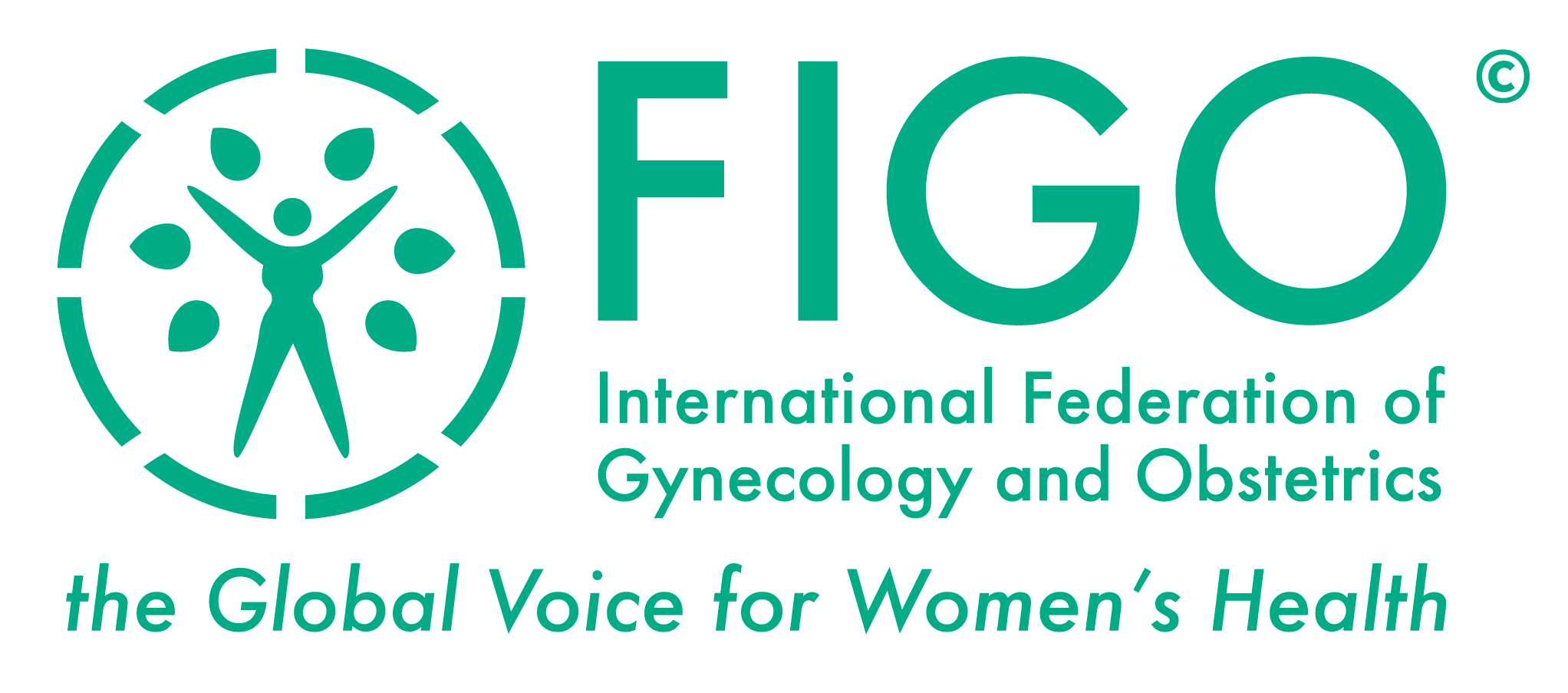
2. Detail cost barriers: The cost of initiating investigations and treatment for infertility is often not covered by available state health services and may require out-of-pocket payment. This can be a deterrant to people seeking help.
Spending on health is variable in different parts of the world. In most parts of the developing world, the focus of any spending are major infectious diseases, such as malaria, tuberculosis and HIV AIDS. Within reproductive health, the accent is on maternal mortality, safe abortion and contraception. Fertility treatment is not prioritised partly because of the greater competing demands of more life-threatening conditions and a perception that the overwhelming need is for fertility control rather than fertility services. Although some governments provide basic fertility investigations, access to these is patchy and, in the main, fertility services tend to be in the private sector.
As a consequence, fertility care incurs significant out-of-pocket expenses which, for some, can be catastrophic. Understanding the cost effectiveness of individual tests and treatments for infertility can optimise the health care. Conversely, knowledge that very expensive technology, such as IVF, may not be affordable may allow people to make informed choices about their reproductive future. (Dyer, 2002)
